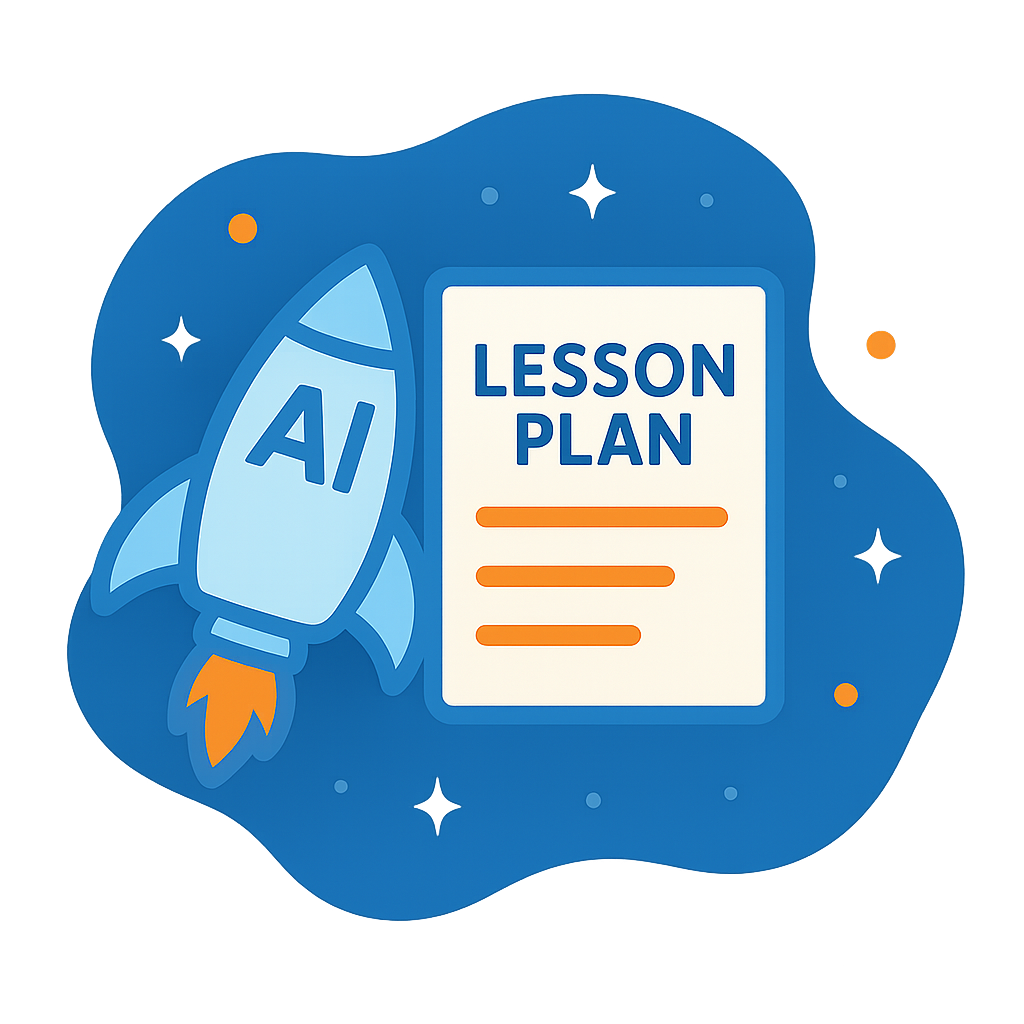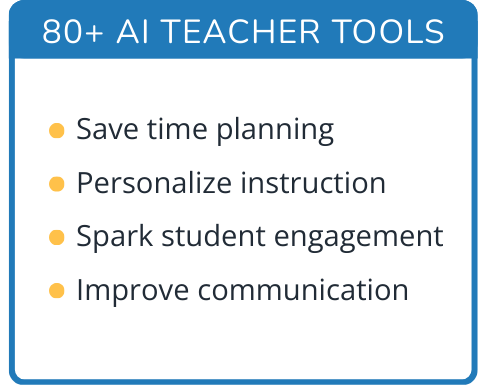Hi, what do you want to do?
Curated OER
Energy Efficiency Ambassadors
Young scholars consider how to cut their energy use. In this physical science lesson, students investigate the connections between energy use and climate changes. Young scholars compute the actual electrical energy consumption of 2 bulbs...
Curated OER
Trees: Are They Thriving or Surviving?
In this trees survival lesson plan, 8th graders discuss what trees need to grow, brainstorm things that could adversely affect tree growth, and compare characteristics of thriving trees vs. surviving trees. Students learn about the...
Curated OER
Linking Algebra to Temperature
Students convert between two units as they calculate the temperature. In this algebra lesson, students collect data on seasonal climate and create a graph. They make conjectures based on their data collection.
Curated OER
Exploring the Dynamic Nature of the Sun
Pupils compare and contrast images of the sun taken at different times and viewed at different scales. They record their observations in a journal and create a graphic organizer to help analyze their observations.
Curated OER
African Savannah
Young scholars are read two African fairy tales. Using the text, they create a map and key for each region mentioned. They compare and contrast the various communities and discover how geographic features affect how people live.
Curated OER
Energy Efficiency Ambassadors
Students compare two products that provide the same function but require different amounts of energy. In this energy efficiency lesson students research and demonstrate energy efficiency in action and how it applies to...
Curated OER
How The Weather Effects Us
Students discover how weather affects their lives. They review the climates of Florida, Alaska and New York. They need choose the place they would most like to live in based on the climate of that state.
Curated OER
Oceans and Weather
Students analyze the impact the ocean and its currents have on weather. In this oceans and weather instructional activity, students analyze data comparing inland and coastal weather, and analyze satellite data for evidence of El Nino.
Curated OER
The Twelve Months: A Slavic Cinderella Variant
Students locate Slavic countries and identify a few characteristics of those countries. They read and/or listen to the Slavic tale, "The Twelve Months," and compare this version with another Cinderella story.
Curated OER
Psychedelic 60's
Students examine the Pop Art of the 1960s. Using the internet, they become experts on the subject through research. They compare and contrast the literary work to the art work during this same period and examine how the culture of the...
Curated OER
Traveling with Flat Stanley
young scholars use the internet to gather geographical data about a state of their choice. Using new vocabulary, they describe the features present in the state, its climate and attractions. They develop a PowerPoint presentation to...
Curated OER
Shadow Ball
High schoolers examine what was occurring historically, not only in baseball, but also in the world from 1930-1940. Students discuss, compare and contrast, and graphically represent Negro Leagues and Major League baseball conditions and...
Curated OER
Soil Structure
Sixth graders examine how different soils are made up of varying proportions of clay, silt, and sand. They compare soil samples, conduct Internet research, and create a model to demonstrate the relative sizes of grains of clay, sand, and...
Curated OER
Snow Cover By Latitude
Students create graphs comparing the amount of snow cover along selected latitudes using data sets from a NASA website. They create a spreadsheet and a bar graph on the computer, and analyze the data.
Curated OER
Patterns and Adaptations in Plants and Animals
Fourth graders conduct research about some of the regions of Texas. They compare plants and animals to identify different adaptations. The statistics of survival rates are measured for changes.
Curated OER
Soil In The Amazon
Students grow plants in soil representing that found in the Amazon basin. They compare results to plants growing in fertile soil and soil fertilized with leaf compost. Students chart, average and graph plant growth by height.
Students...
Curated OER
Trouble in the Troposphere
Students create graphs using NASA data, compare ozone levels of several U.S. cities, analyze and evaluate the data and predict trends based on the data, and discuss and describe how human activities have modified Earth's air quality.
Curated OER
Trouble in the Troposphere
Students Use data sets from MY NASA DATA to produce graphs comparing monthly and yearly ozone averages of several U.S. cities. They analyze and evaluate the data and predict trends based on the data. In addition, they discuss and...
Curated OER
Breaking Away (Or Not...)
Students compare and contrast common reproductive strategies used by benthic invertebrates. They describe the most common reproductive strategies among benthic invertebrates on a seamount, and explain why these strategi
Curated OER
Cultures Around the World
Students research, using the Internet, cultures of the world. They identify countries, their currency, holidays, climate and societal information. They look at the distance of international cities from their hometown.
Curated OER
Biomes -- Part 1
Students use the internet to locate and gather information on the world's biomes. They compare and contrast biomes to ecosystems and describe the human effects on ecosystems. They answer questions to end the lesson.
Curated OER
Survival
Students determine the best material from which to make a jacket to keep the body warm in a cold, dry, windy climate. This task assesses the student's ability to perform an entire investigation. In this question the independent...
Curated OER
All About Trees
Second graders examine the artwork of Robert Harris and discuss how trees are an important part of their lives. In groups, they discover how people's use of the environment has changed over time and describe the climate and vegetation...
Curated OER
Public lands: Preserve or develop?
Middle schoolers compare and contrast the characteristics of various public lands in Canada, including national forests, wilderness areas, national and provincial parks, wildlife sanctuaries, recreation areas and national historic sites....




























